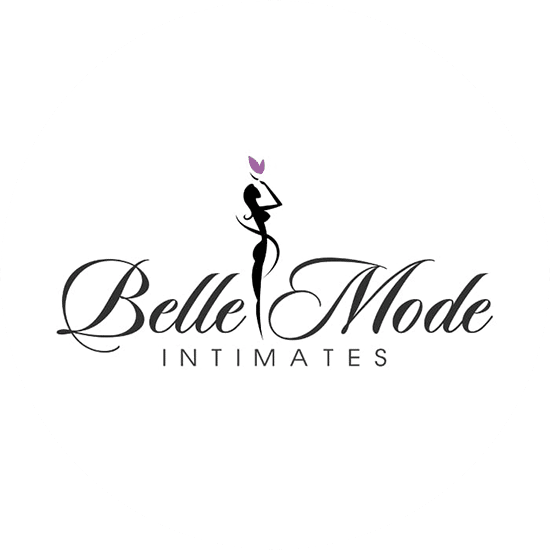What Makes A Balanced Logo?
Above all, a balanced logo is one where all the components are arranged in a way that creates symmetry and harmony. Understandably, this makes the logo visually appealing and helps to communicate a sense of order and stability to the viewer. Furthermore, a balanced logo can be achieved through the proper positioning and sizing of text, images, and other design elements.
That is easy to say, but how do you do it? In this blog I will explain 5 easy ways to get the balance just right. After all, you need a balanced logo to run a successful business.
How can you achieve a balanced logo and life? Well, you start by balancing your life and work and find out what you want. Then you start your own business and make your dreams come true. Every small business owner needs harmony in their life. One way to achieve balance is through the use of symmetry, where elements are aligned either horizontally or vertically. Another method is to use an asymmetrical balance, which involves the use of different sized elements to create equilibrium. Let’s discuss this a bit further

The Use Of Symmetry versus Asymmetrical Balance
In design, symmetry refers to creating balance by using the same elements on either side of a central axis. I understand that symmetrical balance is often used in formal design, and it creates a sense of stability and order. However, asymmetrical balance, on the other hand, uses different elements to create balance. It is often used in more dynamic compositions, where the elements are balanced but not identical.
Therefore, asymmetrical designs can create a sense of movement and energy, and they are often used in more informal or modern designs. Ultimately, the choice between symmetry and asymmetry will depend on the specific design goals and the preferences of the designer. That is to say, what you want it to be. Both approaches can be effective, and they offer different ways to create a sense of balance and order in a design.

Different Shapes To Create A Balanced Logo
When designing a logo, it’s important to consider the shapes used to create it. Different shapes have different meanings and can evoke different emotions in the viewer. A perfectly balanced logo uses a combination of shapes to create a harmonious design.
Most importantly, circles and ovals are the most commonly used shapes in logo design. They are versatile, representing perfection, completeness, and unity. Another good one, square designs and rectangles represent stability, strength, and professionalism. So, triangles and diamonds represent power, energy, and direction. At last, curved shapes, such as waves or swooshes, can add a sense of movement and fluidity to a design.
The key to creating a balanced logo is to use the appropriate shapes to convey the brand’s message. Too many shapes can be overwhelming, while too few can appear simplistic. Make it a simple design. A good designer will strike the right balance between shapes, colors, and typography to create a memorable and effective logo.
Colors With Harmony
When it comes to achieving harmony in a logo design, color is a crucial element to consider. Some colors that work well together to create harmony include complementary colors (colors opposite each other on the color wheel), analogous colors (colors next to each other on the color wheel), and monochromatic colors (shades, tints, and tones of the same color). Using a limited color palette can also help create a cohesive and harmonious design.
It’s important to also consider the psychology of colors and their associations with specific emotions and concepts. For example, blue is often associated with trust and professionalism, while yellow can evoke feelings of happiness and optimism. Ultimately, achieving harmony in a logo design requires a balance of color and careful consideration of the message and brand image the design is meant to convey.
5 Easy Ways To Make Logos With Harmony
Above all, a well-designed logo is essential for any business looking to stand out in a crowded market. Some times all you need are small edits to a design but always keep in mind the follow.
Here are five easy ways to get a balanced logo design for your business:
1. Keep it simple: A complex logo can be overwhelming for consumers. A simple logo lets people remember your business easily and quickly. See below a few examples on simple balanced logos created by TLC
2. Use limited colors: Too many colors can distract from the message you want to convey. Choose limited hues that complement each other, and use negative space to create contrast.
3. Choose readable fonts: The font you choose should be legible and easy to read. Test your logo at different sizes to ensure the font looks great on a variety of mediums.
4. Make it versatile: Ensure your logo can be used on various media, such as websites, signage, business cards, and more.
5. Seek professional help: Hiring an experienced graphic designer, like for example at The Logo Company, can save time, and ensure the logo design is crafted with the right balance of color, typography, and visual elements.




Wrapping Up
In conclusion, when designing a logo, it is important to consider balance in order to create a professional and visually appealing design. By balancing the different design elements, the logo will become more memorable, and customers will be more likely to connect with the brand. In brief words, keep it simple, use few colors, make it easy to read, think versatility, and seek professional help. What could be better than that?
